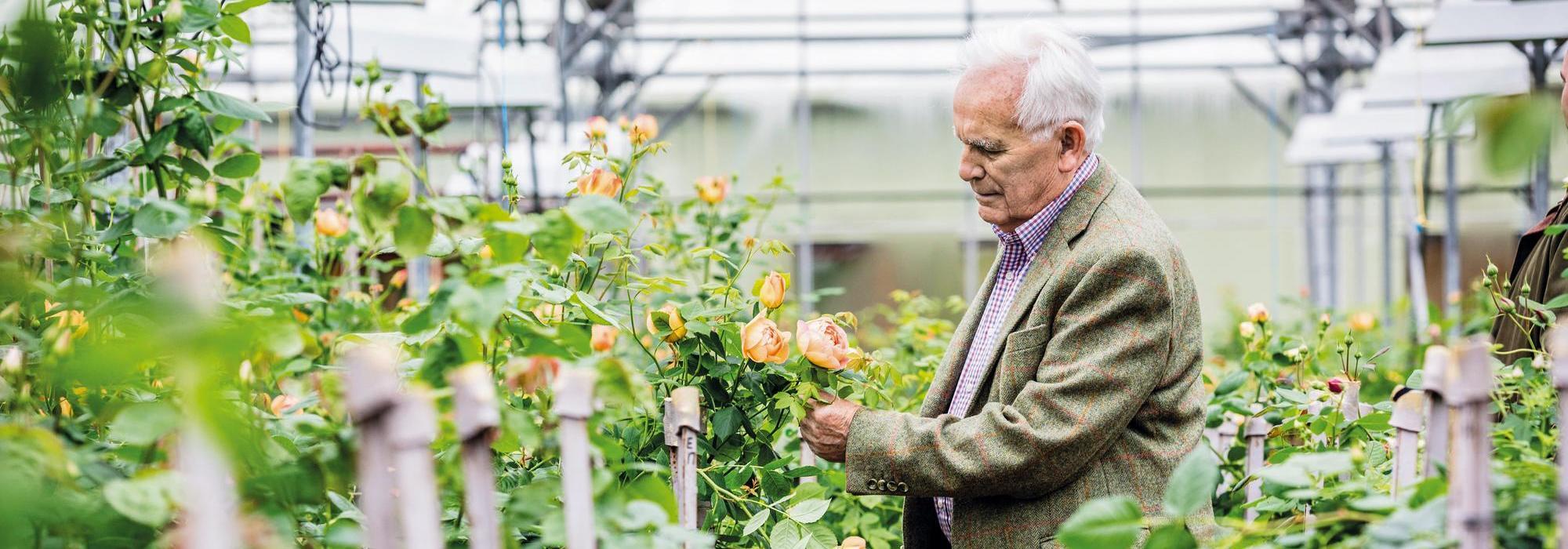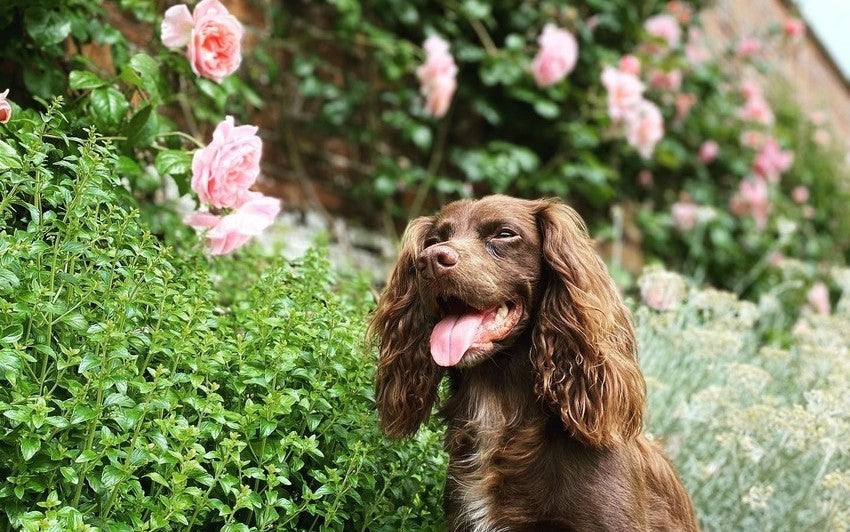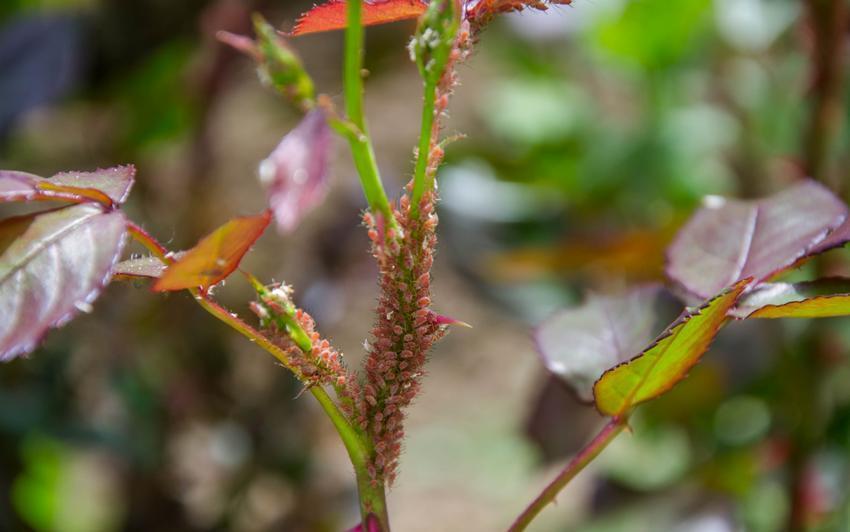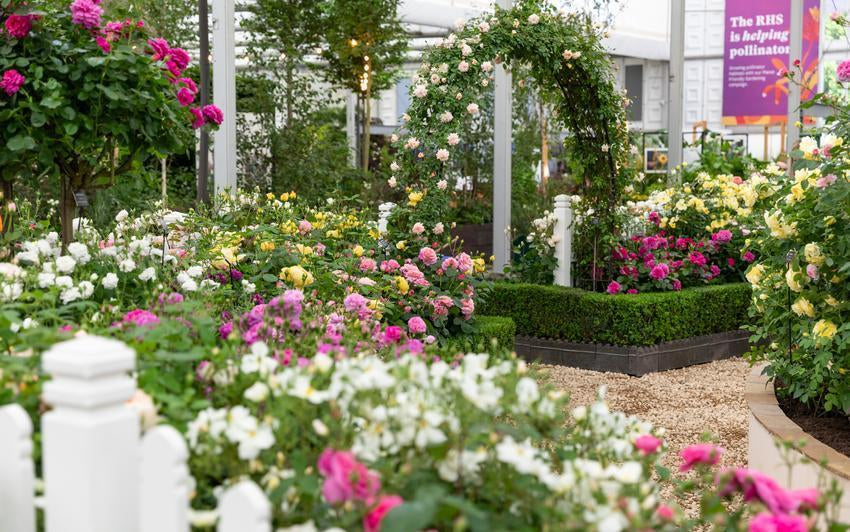For David C.H. Austin, roses were his passion and life's work, each one telling a story of beauty, resilience, and romance. While he is celebrated for creating the English Rose, renowned for its timeless beauty and exceptional fragrance, his extraordinary legacy began with a quiet, serendipitous discovery: ‘Stanwell Perpetual’. With a character as untamed and delicate as the Scottish landscape, this rose would go on to shape the very essence of every rose he bred.
Scotland’s roses have a unique magic about them. Growing wild along windswept coasts and tucked into the rugged countryside, they’re modest yet full of charm.
For David Austin, these roses, especially the Rosa pimpinellifolia, often called the Scottish or Burnet rose, held a special allure. With their fine, feathery foliage and delicate, simple flowers, they exuded an effortless grace. Their blooms, though often small, were abundant and came in soft, natural hues - white, pale pink, and even deep purple black. Unlike the bold hybrids of the 20th century, these roses whispered rather than shouted. They were hardy, humble, and beautiful in their own quiet way.
David Austin appreciated their understated elegance. To him, they were like old friends: dependable, unassuming, and full of character. Among them was ‘Stanwell Perpetual’ (pictured), a rose that changed everything.
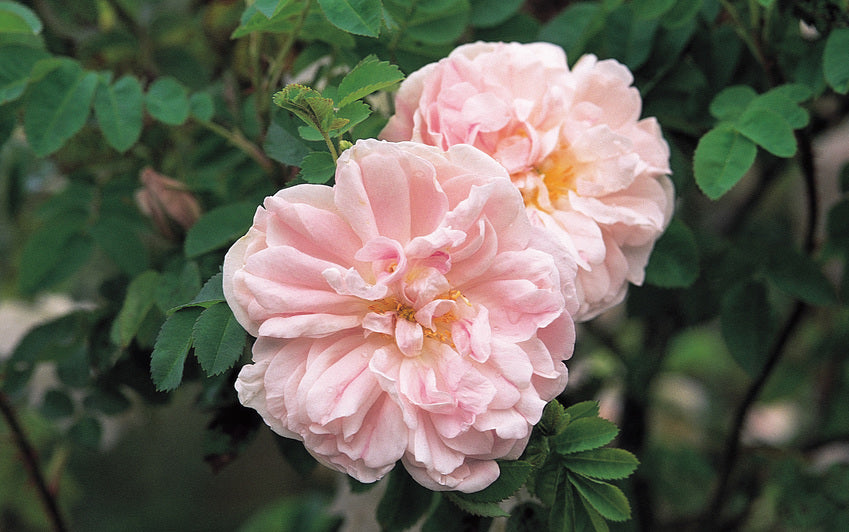
It was in the years just after World War II that David first came across ‘Stanwell Perpetual’. At first glance, it seemed like any other Scottish rose, soft pink blooms, delicate foliage, but then came the surprise. While most roses in its group flowered only once a year, ‘Stanwell Perpetual’ bloomed again and again.
It wasn’t just its ability to repeat flower that made it special. Its blooms had the soft, nostalgic beauty of the old roses David C.H. Austin so admired, and its fragrance was enchanting, a reminder of why roses had captured the hearts of gardeners for centuries.
David Austin later learned that ‘Stanwell Perpetual’ was a happy accident. It was a chance hybrid, a meeting between a Portland rose and a Rosa pimpinellifolia. This unexpected pairing produced a rose with the best traits of both its parents. It had the repeat flowering of modern roses but the character, charm, and scent of the old.
This discovery planted a seed in David Austin’s mind. If nature could create such a perfect hybrid by accident, what could be achieved through deliberate breeding? Could he take the fleeting beauty of the old roses he loved so much and marry it with the practicality of modern roses, giving gardeners the best of both worlds?
This question became the beginning of a lifelong quest, one that would lead to the creation of the English Roses.
Though ‘Stanwell Perpetual’ was the rose that set David’s vision in motion, his love for Scotland’s roses remained strong throughout his life. There’s something deeply romantic about roses that thrive in wild places, battling the elements yet blooming with quiet grace.
Scotland’s roses, like its people and its poetry, carry a sense of resilience and romance. They’re unpretentious but full of life, and they root themselves firmly in the landscape, enduring poor soils and harsh winds. For David C.H. Austin, this natural toughness was as beautiful as any bloom.
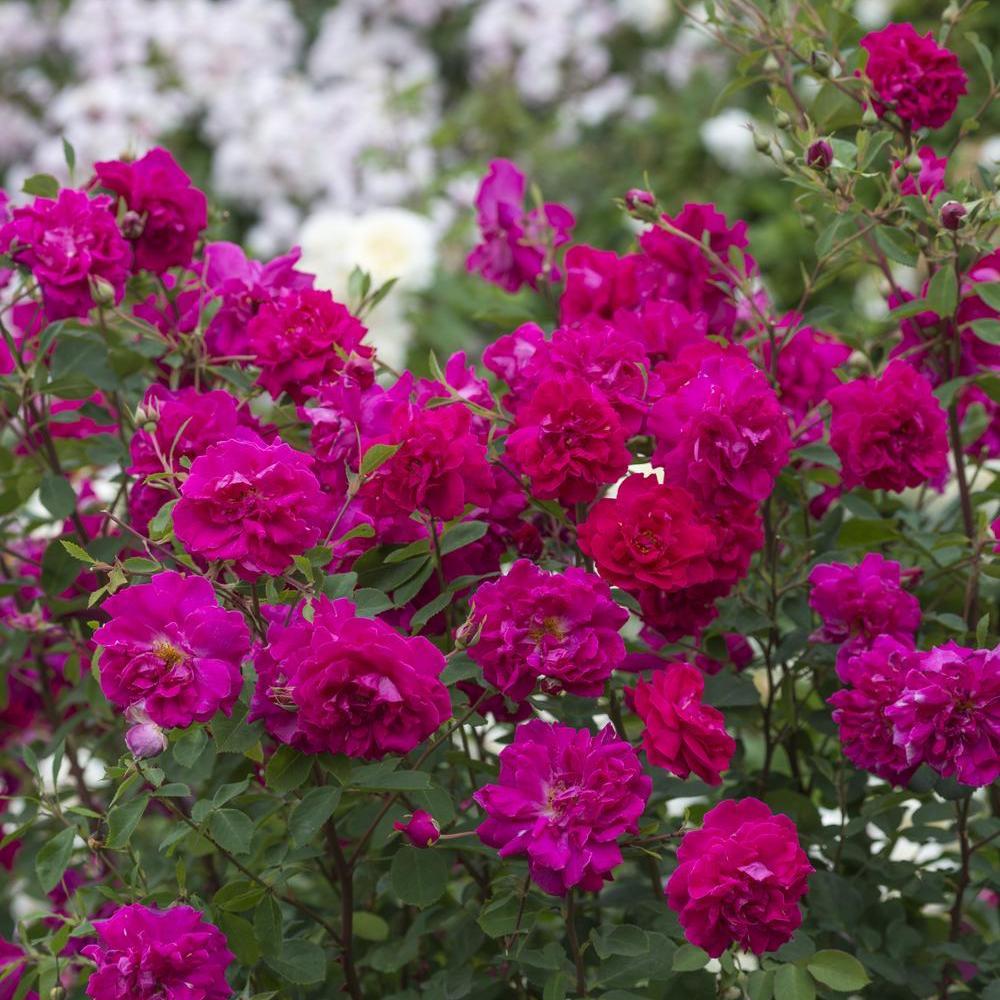 Tam o’ Shanter (Auscerise)Named after Robert Burns' famous poem, this rose features cerise-pink blooms with many layers of ruffled petals and a light fragrance. Its vigorous growth and reliable repeat flowering make it a bold and dependable addition to any garden, celebrating Scotland’s rich literary heritage.SHOP NOW
Tam o’ Shanter (Auscerise)Named after Robert Burns' famous poem, this rose features cerise-pink blooms with many layers of ruffled petals and a light fragrance. Its vigorous growth and reliable repeat flowering make it a bold and dependable addition to any garden, celebrating Scotland’s rich literary heritage.SHOP NOW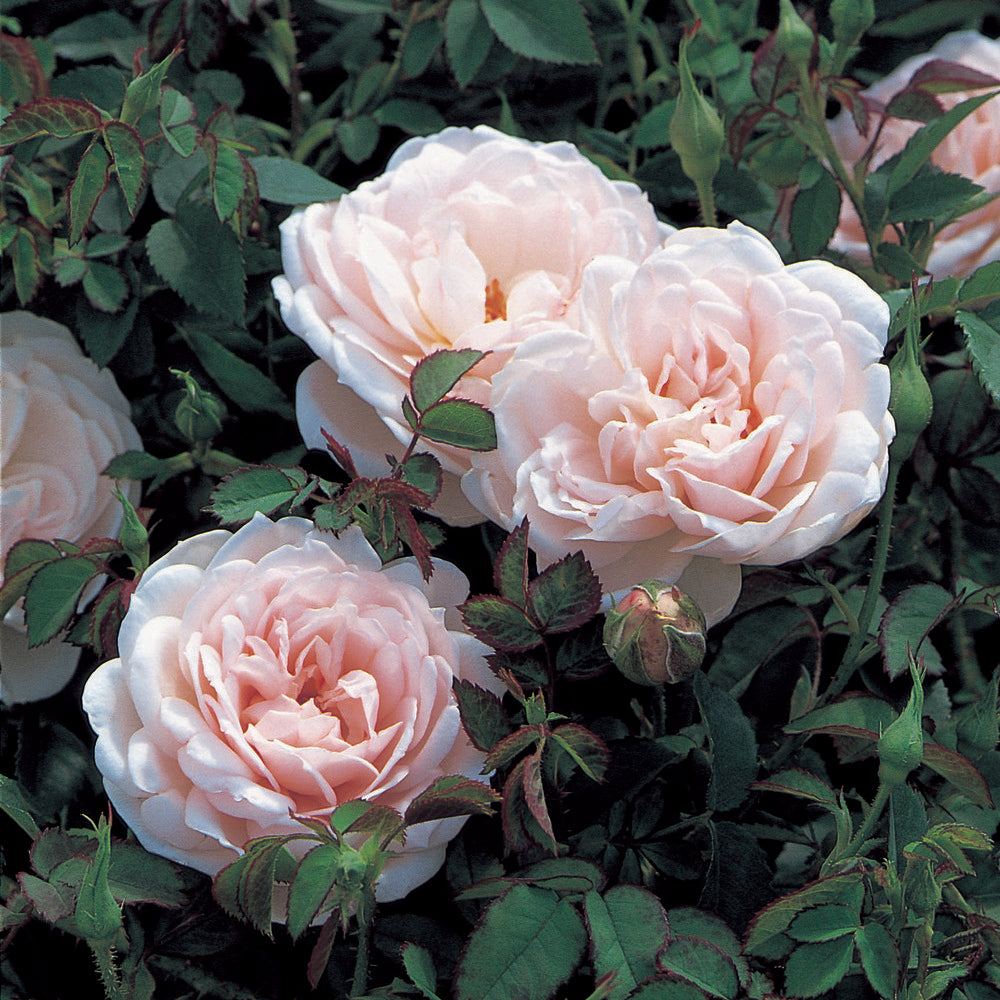 Lochinvar (Ausbilda)Inspired by Sir Walter Scott’s heroic ballad, this pale pink rose is deeply romantic, with many-petalled blooms that evoke the timelessness of Scott’s tales. Perfect for dreamers and lovers of storytelling, it captures the essence of Scottish romanceSHOP NOW
Lochinvar (Ausbilda)Inspired by Sir Walter Scott’s heroic ballad, this pale pink rose is deeply romantic, with many-petalled blooms that evoke the timelessness of Scott’s tales. Perfect for dreamers and lovers of storytelling, it captures the essence of Scottish romanceSHOP NOW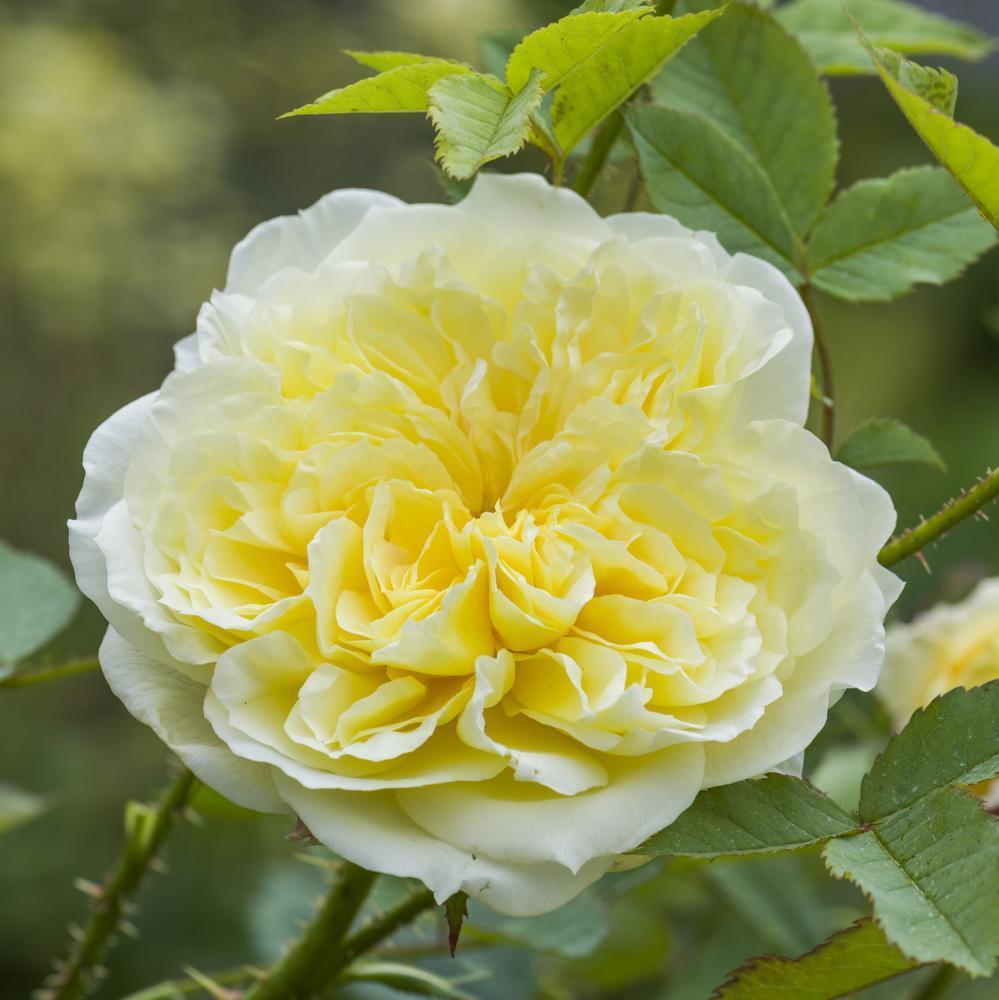 The Country Parson® (Ausclergy)The Country Parson is descended from a Scottish rose and carries many of its distinctive qualities. Its open, golden blooms exude a cheerful simplicity, making it a delightful addition to any garden that embraces the charm of wildflowers and tradition.SHOP NOW
The Country Parson® (Ausclergy)The Country Parson is descended from a Scottish rose and carries many of its distinctive qualities. Its open, golden blooms exude a cheerful simplicity, making it a delightful addition to any garden that embraces the charm of wildflowers and tradition.SHOP NOW
When David Austin saw the potential in ‘Stanwell Perpetual’, he didn’t just see a rose, he saw a possibility. He dreamed of creating something new, a rose that brought together the history and fragrance of old roses with the colours and reliability of modern ones.
And yet, even as he worked to create his vision of the English Rose, he never lost his love for the simple beauty of Scotland’s roses. They remained a reminder that sometimes, the most extraordinary things come from the quietest places, coastal hedgerows, forgotten corners of a garden, or even a single spark of inspiration.
Today, the legacy of that love lives on in every English Rose bloom. But it all began with a small, delicate flower from Scotland, blooming in soft pink and offering just a little more than expected.










